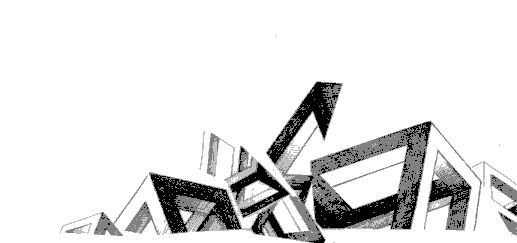
HERBERT PAGANI - A SHORT BIOGRAPHY
1944 - Herbert Pagani was born in Tripoli on 25th April 1944. He comes from a family of Libyan Jews who were italianized by the Colonial Admìnistrátion.
He spent his childhood and adolescence between Italy, Germany, and France.
This nonstop wandering about different cultures drove him to seck out a personal language that enabled him to do without words, and at the same time to communicate with all; and he found drawing.
1964 - Pagani, at the early age of twenty was introduced to the public and the Press at the Pierre Picard Galiery in Cannes, where he exhibited his Indian-ink drawings and engravings. Among his first Italian buyers were Giorgio Soavi for the Olivetti Collection, Federico Fellini, and Bernardino Zapponi. Under the heading: "A twenty-year-old visionary," the French poet Jean Rousselot presented Pagani to a wider public from the pages of Planète. Shortly afterwards, he began to draw for that famous review edited by Jacques Bergier and Louis Pauwels, becoming one of the youngest exponents of the Réalisme fantastique movement.
1965 - Pagani illustrated Fantarca by Giuseppe Berto for Rizzoli, and Brave New World by Aldous Huxley for the Club des Amis du Livre.
1966 - The boat veers: "Engraving on stone, or on vinyl, is the sáme thing. It is more important to establish one's niental and emotional territory with all available means." Pagani, heir to an age-old history, but feeling rootless, decided to create his own homeland in the materials on which he would leave his mark. He was less interested in a single technique than in investigatine the correlation among all the techniques he was to try out. He slipped from drawing to the word, wiritten and then sung, from- radio entertainment to creative publicity, from stage-designing to filming; and he realized that "all disciplines of communication are intercommunicating. "
1967 - His first Italian album.
1969 - The day after the coup d'état, the Libyan police broke into the family's house in Tripoli. A hundred and fifty canvases and drawings were destroyed.
1970 - His first French album. Pagani designed the covers of his records, and the stage designs of his shows.
1971 - His first one-man show opened at the Théátre de la Ville in Paris, with Concerto d'Italie: he performed within his drawings, solarized and projected on a huge screen by the Laser Graphics Group. This was the first Diaporama staged in Europe. Several other shows were to follow, each one enhanced by new visual techniques.
1973 - Using documentaries made available by the Italian Television Corporation, one of them bearing the name of the historian Indro Montanelli, Pagani produced and directed a 27-minute movie-pamphiet entitled Venise, amore mio, which Unesco defined as the "best vehicle of information on the dangers besetting Venice and its lagoon." French Television broadcast it twice, on Antenne 2.
1975 - Megalopolis, total-opera, went on stage. The opera is based on Medioevo Prossimo Venturo (The near future middleages) by Roberto Vacca. In order to represent the congestion and collapse of the Energy Systems as described by this Italian futurologist, Pagan i proceeded to clone thousands of images of our civilization using the first two Rank Xerox colour duplicators installed in France and in Italy. These "xerographies" assemblea on large plates were photographed, projected, and animated in Multimage shows on giant screens. Megalopolis, selected by the French Miiiistry of Culture for the re-opening of Palais de Chaillot at the Trocadéro was then invited to the Festival of the Two Worlds in Spoleto, in 1976.
The success obtained by this show warranted a vacation.
It was a vacation during which Pagani spent it travelling into pure abstraction thanks to the video-synthetizers devised by the French electronics engineer Marcel Dupouy.
1978 - Their joint-efforts gave birth to Video Painting. Buttons and cursors replaced easel and brushes. The paintings executed on VHS and Betamax tapes lasted from fifteen minutes to two hours.
Thanks to the consistent use of these many different techniques inserire, Pagani has long since been an expert on communication. Today, he is the creative consultant of important brands.
1986 - For all that, in all these years, Pagani has never neglected paper, pencils, paints and brushes, recently joined by scrap wood, piastic waste, and other artifacts of the Disposable Society gleaned from beaches and in dumps across Europe. He uses them to make sculptures that may be seen in three exhibitions scheduled in Milan, Paris, and New York.
